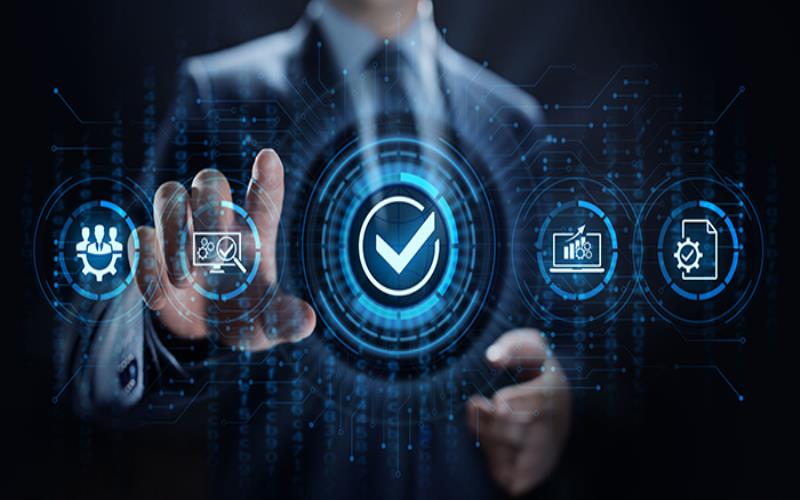Access management solutions refer to a set of technologies and processes that are used to regulate access to resources such as files, networks, and applications. The purpose of access management solutions is to give only authorized users access to specific resources in a system. With the increasing complexity of IT infrastructure, access management solutions have become essential for organizations to maintain security and compliance.
Understanding what access management solutions are
The traditional approach to access management involved the use of passwords and usernames. However, this approach has become increasingly inadequate due to the rising number of security breaches resulting from weak passwords or stolen credentials. Therefore, access management solutions have evolved to incorporate more advanced technologies such as cloud based identity and access management, multi-factor authentication (MFA), biometric authentication, and identity management.
Multi-factor authentication (MFA) is an authentication practice that obliges users to pass at least two forms of authentication before accessing a resource. By utilizing multiple authentication factors such as passwords, security tokens, biometric information, or smart cards, MFA significantly enhances security by adding an additional layer of protection against unauthorized access. In comparison, biometric authentication uses physiological or behavioral characteristics like fingerprints, facial recognition, or voice recognition to identify and authenticate users. This approach eliminates the need for passwords, which are vulnerable to theft, hacking, or phishing attacks, and provides a more secure and convenient way to access resources.
Identity management is another critical component of access peopletools att management solutions. It consists of the management of user identities and their access rights across various systems and applications. Identity management solutions typically include user provisioning, de-provisioning, and role-based access control. User provisioning involves creating new user accounts and assigning access privileges based on the user’s role. Deprovisioning, on the other hand, involves revoking access privileges when a user leaves the organization or changes roles. Role-based access control enables organizations to enforce access policies based on the user’s job responsibilities.
Access management solutions also include privileged access management (PAM) solutions, which focus on managing and securing privileged accounts. PAM solutions provide granular control over privileged access and enable organizations to monitor and audit privileged activities. PAM solutions typically include password management, session recording, and automated workflows for request and approval processes.
Benefits of access management solutions
The benefits of access management solutions are numerous. Firstly, access management solutions enhance security because only privileged users will have access to an organization’s specific system. This helps organizations prevent unauthorized access, data breaches, and other security incidents. Secondly, access management solutions enable organizations to meet compliance requirements by providing audit trails and other security controls. This is particularly important for healthcare or financial organizations. Thirdly, access management solutions increase productivity by providing a secure and streamlined way for users to access resources. This reduces the time spent on password resets, access requests, and other manual processes.
However, implementing access management solutions can be a complex and challenging process, and that is why organizations prefer to work with enterprise 2fa solutions. Organizations need to identify their access management requirements, select appropriate technologies, and integrate these technologies into their IT infrastructure. This requires a significant investment in time, resources, and expertise. Furthermore, access management solutions need to be continuously maintained to ensure their effectiveness and security.
In conclusion, access management solutions are essential for organizations to maintain security and compliance in today’s complex IT environment. These solutions incorporate a range of technologies and processes, such as multi-factor authentication, biometric authentication, identity management, and privileged access management. Access management solutions enhance security, improve compliance, and increase productivity. However, implementing access management solutions can be a challenging process that requires careful planning, expertise, and ongoing maintenance. Organizations that invest in access management solutions can enjoy the benefits of a more secure and efficient IT environment.





